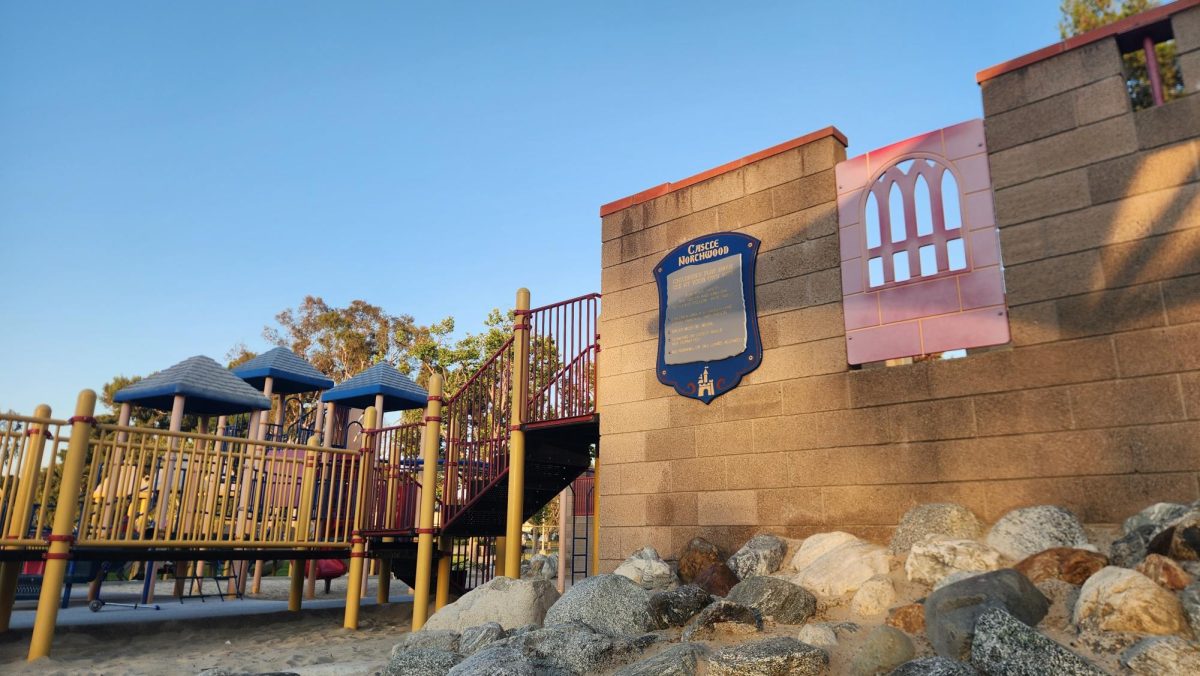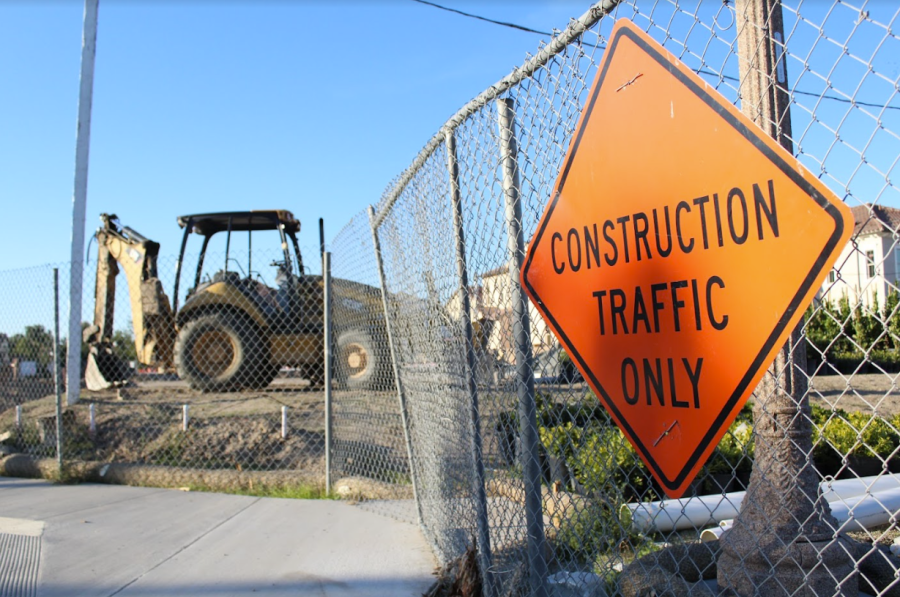State-wide housing crisis affects residents close to home
RAISING THE ROOF: Home construction begins on Fresco, completing the final neighborhood of Eastwood Village.
December 9, 2022
California is currently experiencing a state-wide shortage of affordable housing due to a lack of land and exorbitant prices leading to an increase in homelessness and relocation to other U.S. states.
The cost of homes in Irvine has been on the uptrend for months, with the new median list price of $935,000 in comparison to the $835,000 average of last year, New University reports.
The Golden State’s lack of affordable housing has been an issue since 1970, with California cities occupying five of the top 10 lowest home-owning cities in America.
This mass crisis has been a result of California’s lack of available land to build upon, according to La Jolla News. To accommodate the influx of immigrants to California, the state should be building around 180,000 new houses per year. But in the past 10 years, only half of that yearly quota has been met.
When governor Gavin Newsom first ran for office in 2017, he ran on a campaign of installing 3.5 million new housing units by 2025. However, since his election, Newsom has only succeeded in building around 452,000—less than what he had originally promised to build in one year—according to CalMatters.
Still, Newsom has boosted production more than any governor in recent years, due to his signing in September of AB 2011 which dedicated one billion dollars to creating over 2,700 new homes.
“The Governor’s signature on AB 2011 marks a turning point for California’s housing production needs,” California Assemblymember Buffy Wicks said in a press release on Sept. 28. “No longer will lack of land be an issue. No longer will there be a lack of incentive for workers to join the construction workforce. And, no longer will red tape and bureaucracy prohibit us from building housing in the right locations to address our climate crisis.”
Not only is California lacking in the amount of houses available for citizens, the prices of houses have also skyrocketed. The state median price has more than doubled the national average due to increased population growth, restrictive building policies and environmental laws.
“I was shocked to see a one-bedroom apartment being rented in my neighborhood for $2,900 per month,” Northwood English teacher Christina Banagas-Engelerdt said. “A few years ago, you could rent a house for that price.”
Experts say that the housing affordability crisis was caused by an increase in unemployment rates throughout the pandemic, and this combined with the rising housing prices has led to the homeless population in California steadily increasing. CalMatters reports that in the past three years, the number of people without stable housing has increased from over 22,500 people to 173,800.
California’s rising cost of living has also caused a lack of housing for teachers. Teachers throughout the state have had to leave their district in search of more affordable housing.
The Milpitas Unified School District in San Francisco asked parents to let teachers move into their residences in a desperate attempt to keep qualified teachers in their area. Schools all across California are now fighting to convert unused property into housing for teachers in bill AB 2295 that is currently sitting on Newsom’s desk.
“Teacher quality has the greatest impact on student achievement, and support staff are essential to the proper functioning of schools,” California School Boards Association President Susan Heredia said. “So, it’s essential that we pursue measures to retain a high-quality education workforce.”
With his recent re-election, Newsom hopes to streamline the approval for new build sites in order to create more affordable houses on the market. Newsom has since sent out the last of $36 million as a part of developing Project Homekey, a statewide effort created in 2020 to provide sustainable housing.
“The success of Homekey proves what is possible when you are willing to challenge the status quo and try a new, outside of the box approach,” Newsom said in a press release.

























































